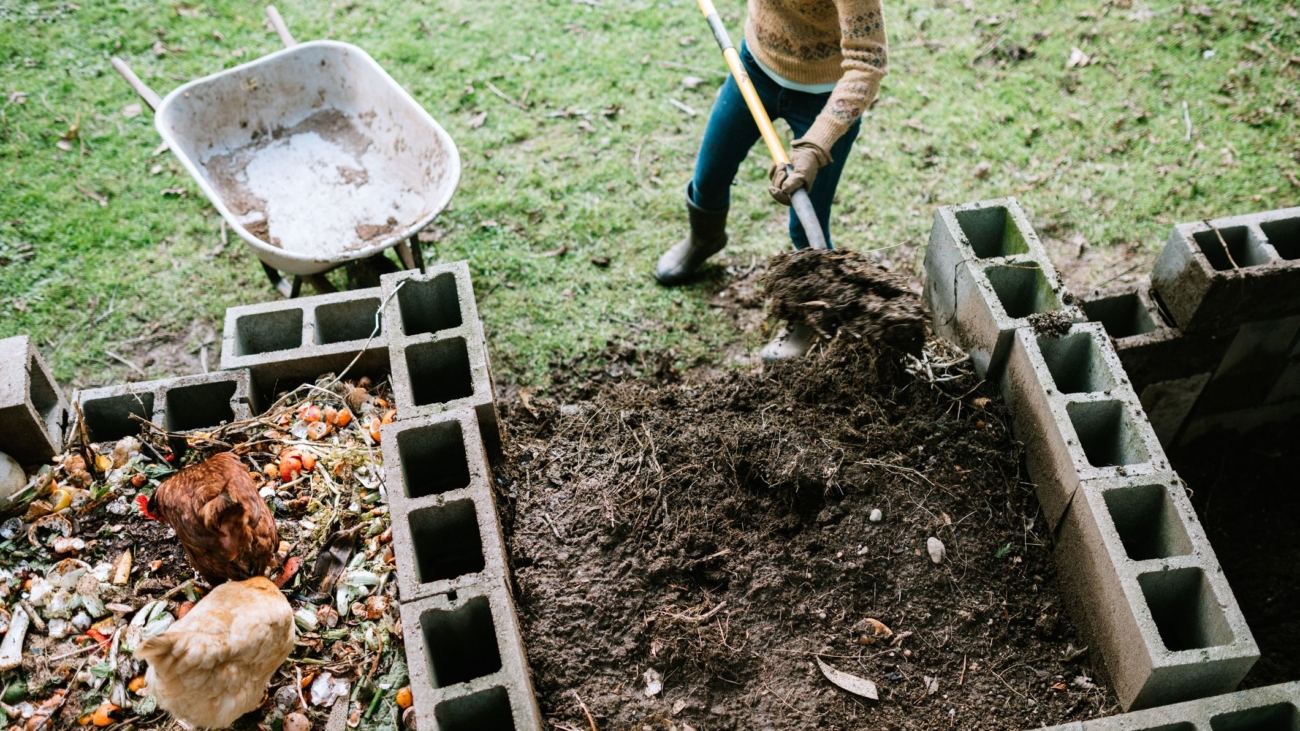The MN Pollution Control Agency gives you the scoop on backyard composting:
Yard trimmings and food scraps make up nearly 1/6 of what the average household throws into the garbage. By composting, you can convert organic wastes—yard trimmings, leaves, and many kinds of kitchen scraps—into a dark, crumbly mixture that can be used to improve the soil and reduce your use of fertilizer and water.
Composting how-to:
Composting is an easy way to reduce waste while improving your yard and garden.
Watch a video about how to compost. All you have to do is mix together nitrogen-rich “greens,” carbon-rich “browns,” water, and air. Click on the pictures on the right to download handy PDFs on how to compost and how to diagnose common issues.
- Greens provide nitrogen and act as a source of protein for the microbes that are hard at work in your compost pile. Greens include green leaves, coffee grounds, tea bags, plant trimmings, raw fruit and vegetable scraps, fresh grass clippings, and hair.
- Browns are a source of carbon and provide energy for the microbes. Browns include dried grasses, leaves and some weeds, straw, woodchips, twigs and branches, sawdust, shredded newspaper, corncobs, and stalks.
- Water allows microbes to grow and travel around in the pile to decompose materials.
- Turning your pile each week with a spade or pitchfork will provide air to aid decomposition and control odors.
- If any problems do arise, be considerate of your neighbors and learn about common problems and solutions.
The compost bin
You can compost in a simple pile, but using a container or bin helps your compost pile retain heat and moisture and look neat. To get started, it’s easy to go with a single bin system. As materials are added and mixed together, the finished compost settles at the bottom of the bin.
Materials. Bins can be built from scrap lumber, old pallets, snow fence, chicken wire, or concrete blocks. Typically, several types of composting bins are sold at hardware or lawn and garden stores.
Size. A pile that is 1 cubic yard (3 feet high, 3 feet wide, 3 feet long) is big enough to retain heat and moisture, but small enough to be easily turned. Home compost piles shouldn’t be larger than 5′ x 5′ x 5′.
- Check out the various types of manufactured bins
- Find designs for building your own bin
Ideas for apartment and condo dwellers
- Share a compost pile with a neighbor. Offer to help build and turn the pile in return for space.
- Feed kitchen scraps to red worms, right inside your apartment. Read about vermicomposting or watch a video (below).
Information provided by the Minnesota Pollution Control Agency.
Check out: Order Compost For Your Gardening Or Landscaping Needs!

